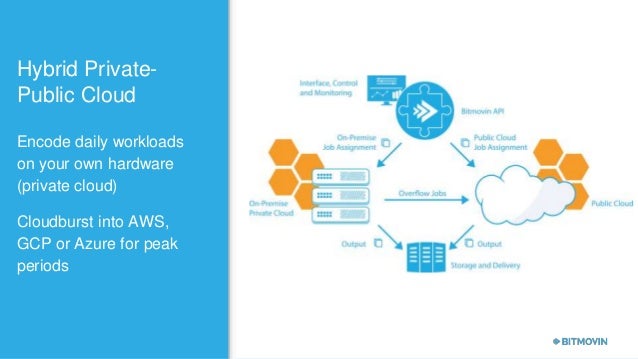


Having said that, hybrid approaches look to also trend upwards over the next twelve months.” “Organizations that haven’t moved their encoding to the cloud will make the move in the next 12 months. READ MORE: Encoding & Transcoding Trends 2021 (Streaming Media) Even if they have hardware-based encoding on premise, the use of cloud-based encoding allows early adopters to try out newer resolutions, frame rates, and bit depth without committing to new on-prem equipment purchases, the report says. This group also has a higher tendency to use cloud-based encoding. What’s interesting about this early adopter group is that they not only use higher content acquisition resolutions, but sometimes up to 8K and beyond. Usage is more prevalent among a cross-industry group of early adopters. VP9 is tied tightly to mobile device usage on many Android devices, including Asia-Pacific markets where the device landscape already supports VP9. While MPEG-2 is embedded in the transmission chain (if it ain’t broke, why fix it) it often occurs side-by-side to more modern, live-streaming codecs such as H.264 (AVC) and H.265 (HEVC).Īnother key finding was the fact that early adopters are more open to not just near-term codecs such as AV1 and EVC, but also show continued interest in VP9. That’s a key takeaway from the “Encoding & Transcoding Trends 2021” survey, produced by Streaming Media and sponsored by Bitmovin. But a group of early adopters spanning industries from sports to education are exploring newer compression techniques in order to push beyond UHD into super resolutions. Fifteen years after its release, MPEG-2 remains entrenched as the codec of choice for broadcast delivery.


 0 kommentar(er)
0 kommentar(er)
